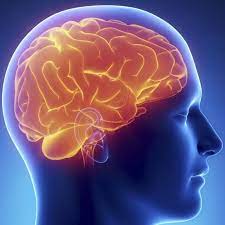When describing the camel and pig, animals that lack either of the two signs required for their species to be considered consumable by Jews, the Torah’s wording is odd.
Kosher species require cud-chewing and split hooves, yet the camel, the text states, is forbidden “because it chews its cud, but does not have a [completely] split hoof”; and the pig, “because it has a cloven hoof that is completely split, but will not regurgitate its cud.” The “becauses” are seemingly misplaced, since the reason for the species’ forbiddance is for the lack of one kosher sign, not the presence of one.
Similar wording is used regarding the two other “one sign only” species mentioned, the hyrax and the hare.
The Kli Yakar perceives something poignant in the placement of the kosher signs after the “becauses.” He writes that “their pure sign adds extra impurity to their impurity, as we find that Chazal compared Esov to a pig that sticks out its hoofs when it lies down to make it appear as if it is kosher, but its inside is full of deceit. This represents anyone whose inside is not like his outside, in the manner of the hypocrites … Therefore, the pig’s split hoof is a sign of impurity because the split hoof can deceive people and make it appear as if it is kosher.”
The Chashmonai king Yannai, before he died, told his wife “Don’t be afraid of the Perushim [Torah-faithful Jews] or of those who are not Perushim, only of the hypocrites who present themselves as Perushim, for their actions are those of Zimri while they ask for reward like Pinchas received” (Sotah 22b).
Presenting oneself as a better version than that of one’s reality, Rav Yaakov Weinberg, zt”l, once told me, isn’t wrong – if one aspires to that better version. As the Chinuch put it, “what is on the outside can awaken the inside.”
But pretension for the sake of pretension is being, well, piggish.
© 2024 Rabbi Avi Shafran









